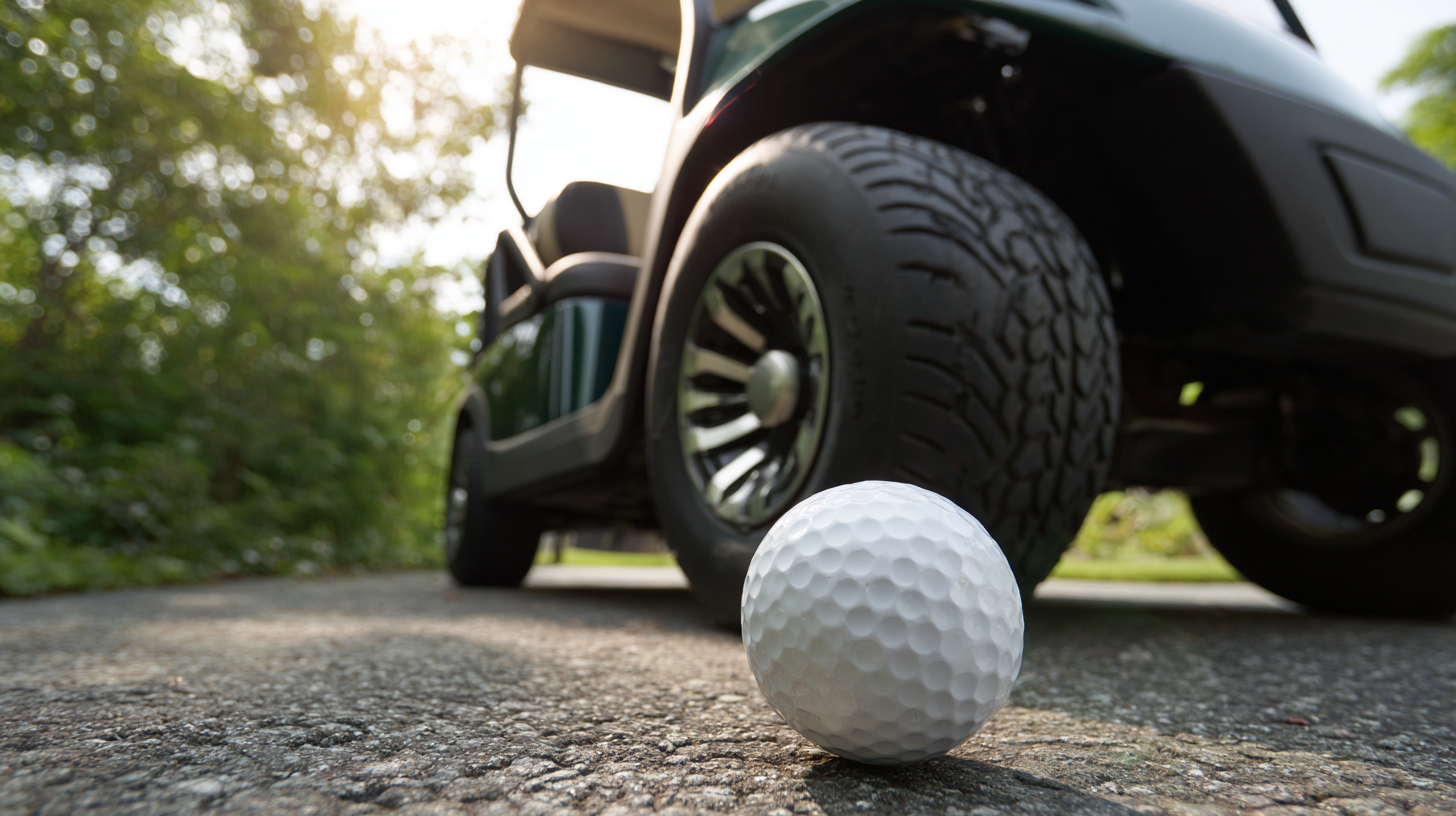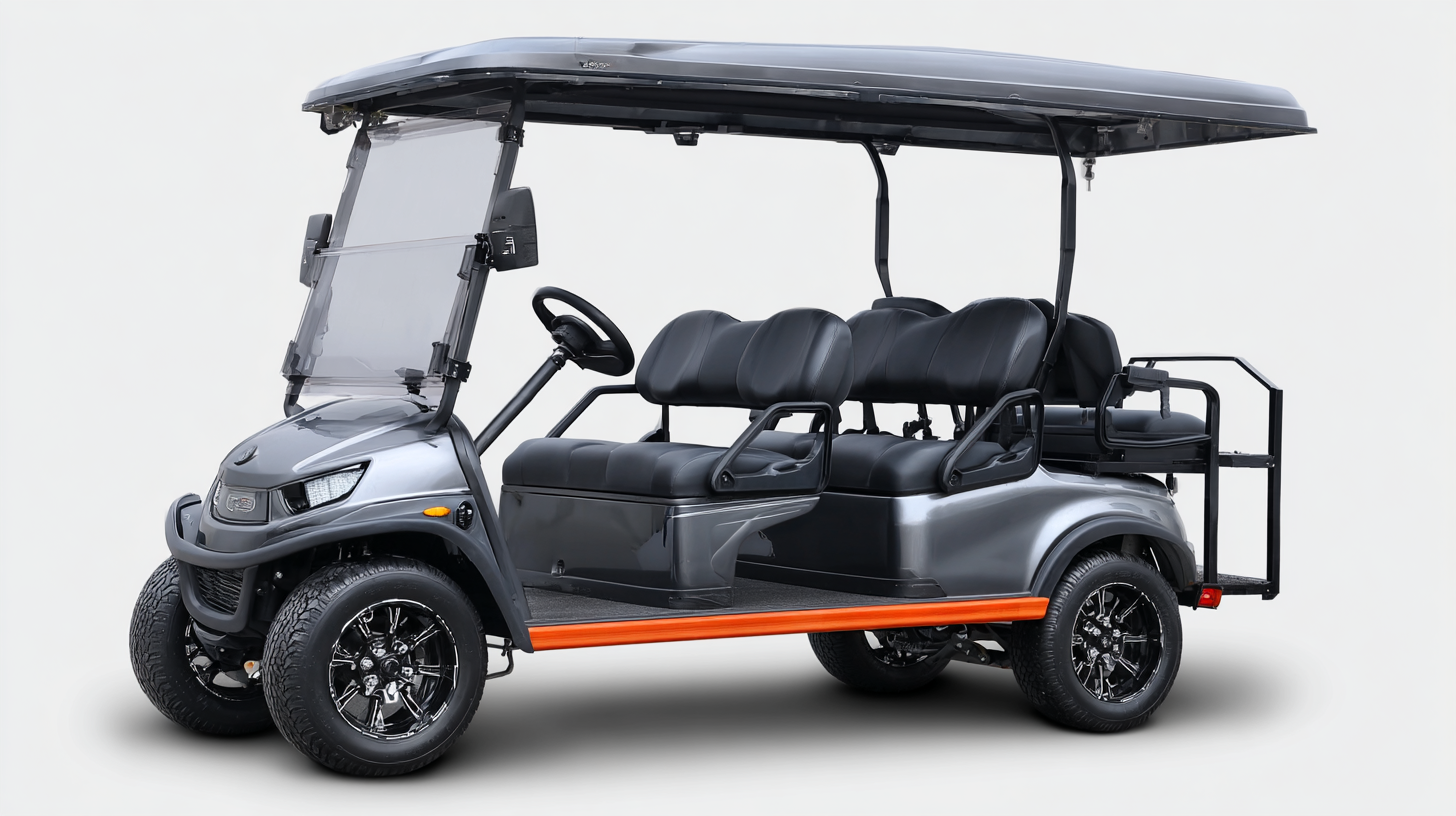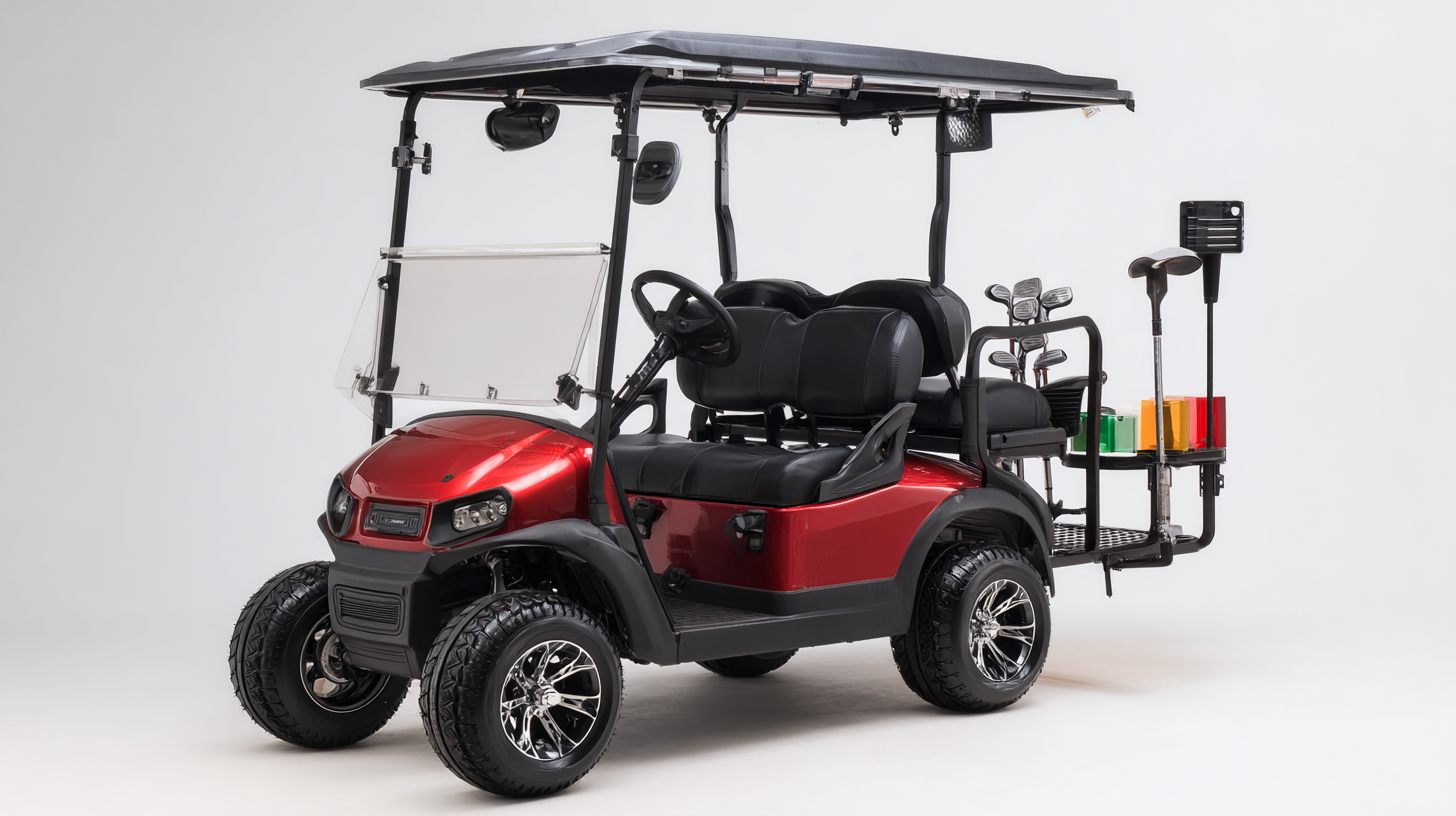The golf cart industry has witnessed significant advancements and innovations, particularly in the realm of manufacturing techniques, with injection molding leading the charge in producing high-quality, durable parts. According to a recent market analysis by Grand View Research, the global golf cart market is projected to reach $1.23 billion by 2025, emphasizing the growing demand for efficient and reliable components.

Injection Molding Golf Cart Parts play a crucial role in optimizing performance and longevity, as they offer superior precision and consistency compared to traditional manufacturing methods. Understanding the technical specifications of these parts is essential for manufacturers and consumers alike, ensuring that they make informed decisions when selecting components that enhance the functionality and reliability of golf carts in an increasingly competitive market.
Injection molding has become a key process in the production of golf cart parts, thanks to advancements that enhance both efficiency and quality. This manufacturing method utilizes various techniques, from traditional metal molds to innovative 3D-printed alternatives. Recently, firms have been investing in 3D printing technology to significantly reduce the costs and time associated with mold production. By employing these faster and cheaper options, manufacturers can better adapt to shifting market demands and streamline their research and development efforts.
Moreover, as the focus continues to shift towards sustainability, materials used in injection molding are evolving. The industry is gradually moving from metals to lightweight plastics and natural fiber composites, which offer greater strength without the added weight. These advancements not only contribute to a more robust final product but also align with eco-friendly initiatives that emphasize renewable resources. Robotics are playing an essential role in this transition, automating processes and ensuring consistent quality in the production of golf cart components. As technology progresses, understanding these processes becomes crucial for anyone looking to choose the best injection molding parts for golf carts.

When it comes to injection molding golf cart parts, selecting the right materials is crucial for ensuring durability and performance. The most commonly used plastics in this process include ABS (Acrylonitrile Butadiene Styrene), Polypropylene, and PVC (Polyvinyl Chloride). Each of these materials offers unique properties that make them suitable for specific applications. For instance, ABS is known for its strength and toughness, making it ideal for parts that endure frequent use. Polypropylene, on the other hand, is highly resistant to impact and chemical corrosion, which is essential for parts exposed to various environmental factors.
In addition to choosing the correct plastic type, it is also important to consider the manufacturing process and the specific requirements of the golf cart parts. Factors such as UV resistance, temperature tolerance, and weight should guide material selection. Utilizing advanced plastics like Nylon or specialized composites can enhance the performance of the parts even further, providing additional benefits like increased flexibility and reduced wear. When making a choice, assessing the intended use and the stresses the parts will face will ensure the longevity and effectiveness of the final product.

When it comes to injection molding golf cart parts, geometry plays a pivotal role in determining their overall performance. The shapes and dimensions of each component significantly influence not only the functionality but also the durability and efficiency of the golf cart. For example, components that are designed with aerodynamic principles in mind can reduce drag, enhancing the cart’s speed and energy consumption. Therefore, it is essential to consider the geometric aspects during the design and manufacturing phases.
Moreover, the thickness of the parts affects their strength and flexibility. A well-balanced design ensures that the golf cart parts are lightweight without compromising structural integrity. Precision in the angles and curves can also aid in seamless assembly and integration with other parts, reducing the chances of wear and tear over time. When evaluating the geometric specifications, manufacturers should use advanced modeling techniques to predict how each part will perform under various conditions, ultimately leading to a superior end product that meets the demands of golf cart users.
Quality control is paramount in manufacturing injection molded components, especially when it comes to creating reliable parts for golf carts. Understanding the technical specifications and ensuring adherence to quality standards can significantly impact the performance and longevity of these components. Key aspects include material selection, precise temperature control during the molding process, and regular inspections throughout production.
To maintain high quality in injection molding, it is essential to implement rigorous testing protocols at various stages of manufacturing. One effective tip is to conduct routine audits of the injection molding process, focusing on factors such as mold wear, cycle times, and cooling characteristics. Consistent monitoring helps in identifying potential issues early, thus minimizing defects.
Another vital tip is to engage suppliers with a robust quality assurance program. Collaborating with manufacturers who prioritize quality control can lead to enhanced product reliability. Ask about their testing methods, certifications, and how they address defects if they arise. By choosing partners who maintain stringent quality criteria, you can ensure that your golf cart parts meet the highest standards for performance and durability.
| Part Name | Material | Injection Molding Process | Dimensional Tolerance (mm) | Quality Control Method |
|---|---|---|---|---|
| Golf Cart Body Panel | Polypropylene (PP) | Injection Molding | ±0.5 | Visual Inspection |
| Dashboard Assembly | Acrylonitrile Butadiene Styrene (ABS) | Thermal Injection | ±0.3 | Dimensional Verification |
| Wheel Hub | Nylon (PA) | Injection Blow Molding | ±0.4 | Strength Testing |
| Seat Cushion | Polyurethane (PU) | Foam Injection Molding | ±1.0 | Compression Test |
| Battery Enclosure | High-Density Polyethylene (HDPE) | Injection Molding | ±0.5 | Water Seal Test |
When selecting injection molding partners for golf cart parts, evaluating supplier capabilities is crucial. A reliable supplier should demonstrate significant experience in the industry, with a proven track record of producing high-quality components. It's essential to assess their manufacturing processes, equipment, and technology to ensure they meet the necessary specifications. Ask for samples and case studies that illustrate the supplier's ability to execute complex designs, as well as their adherence to industry standards and regulations.
Another key factor in choosing an injection molding supplier is their responsiveness and communication skills. A partner who can quickly address inquiries and offer solutions will significantly streamline the production process. Additionally, consider their capacity for scalability. As demand fluctuates, a capable supplier should be able to adapt to your needs, whether that means ramping up production volumes or adjusting to custom orders. By focusing on these aspects, you can ensure that your injection molding partner will consistently deliver superior golf cart parts that enhance your product's performance and reliability.
This chart illustrates the evaluation of key factors considered in selecting injection molding partners. Each factor is rated on a scale from 1 to 10, showcasing the importance of quality assurance and technical expertise in the supplier selection process.
